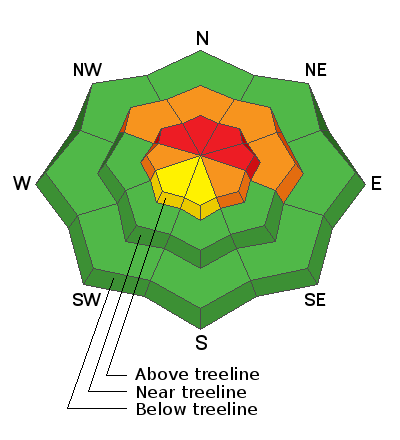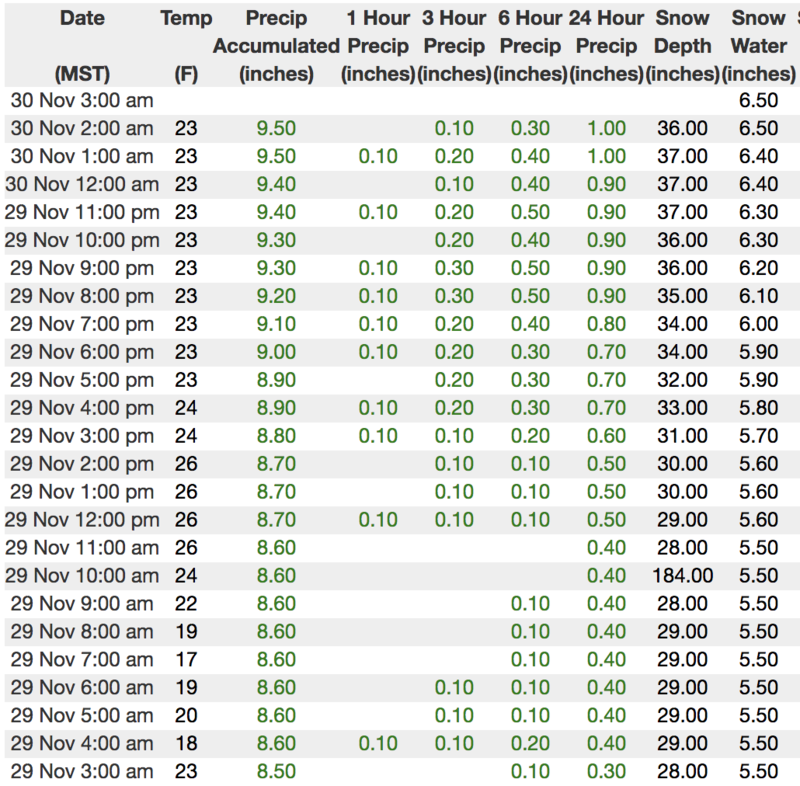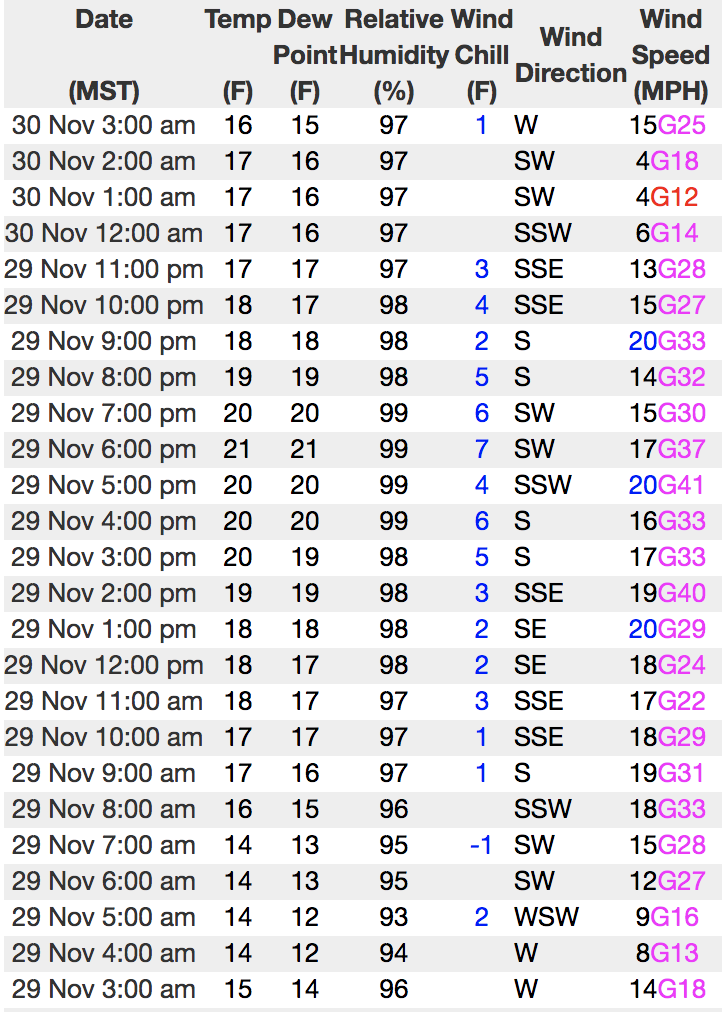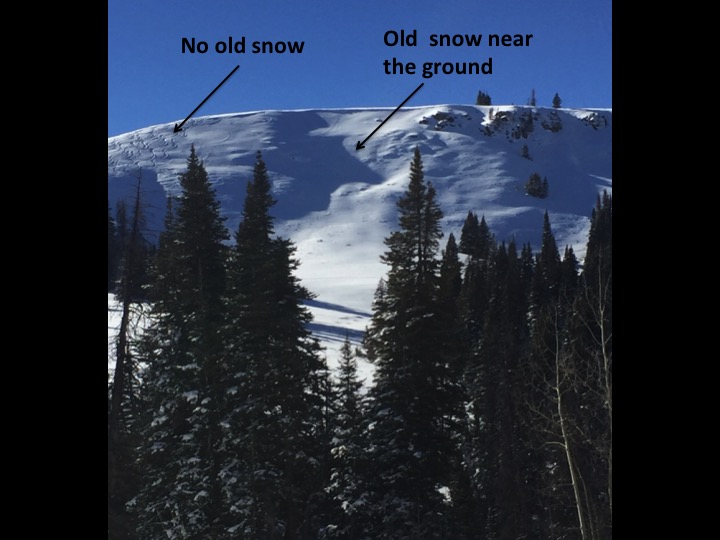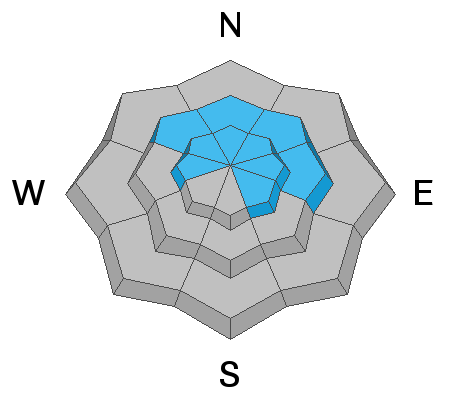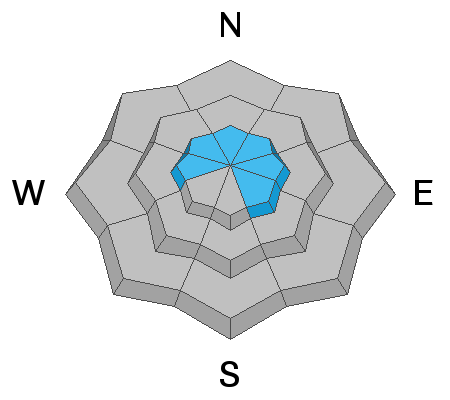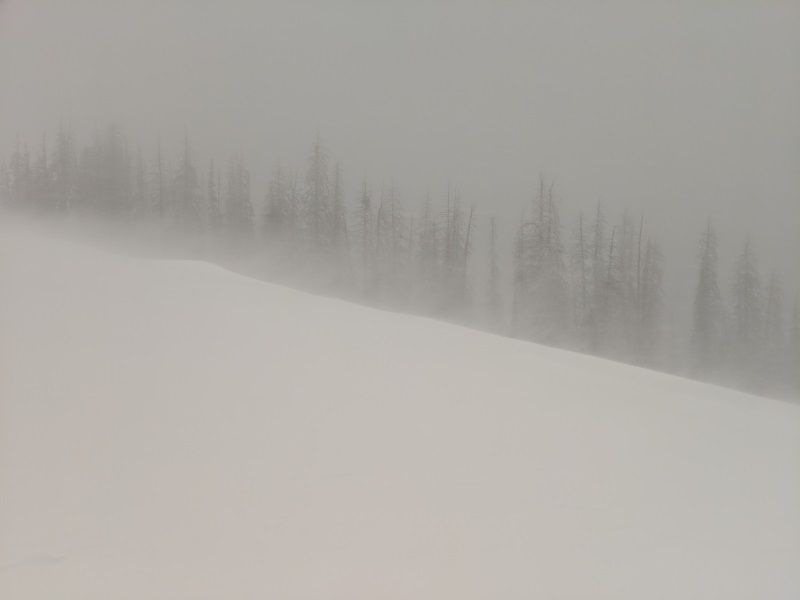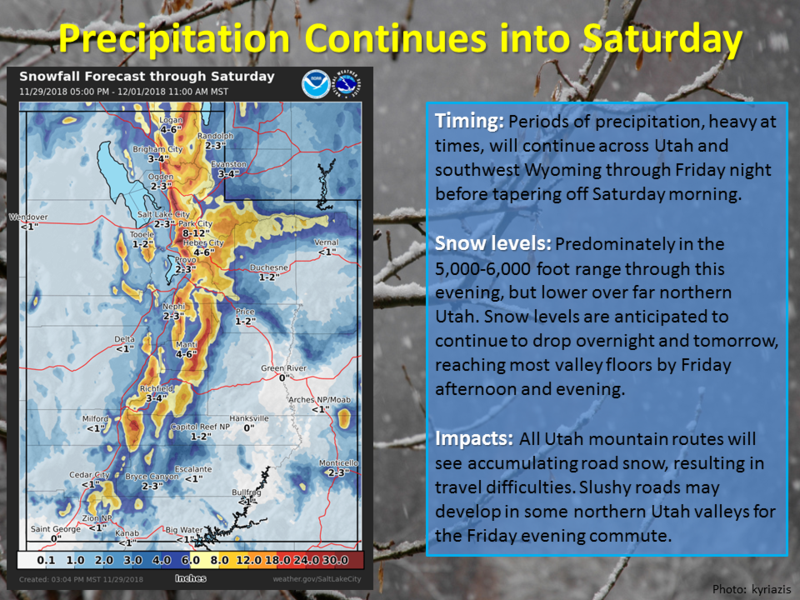This weeks snow and water totals are starting to stack up and there's some great riding to be had. However, this additional load is beginning to tease the strength of our early season snowpack. While it's encouraging to see the pack grow and develop, we've gotta think not only about the snow we're riding in, but also the snow we're riding on and we know it's structure is questionable. As a matter of fact, recent backcountry observations of cracking and collapsing are huge clues verifying our suspicions.
Remember, a lot of weather has happened in the past few weeks- in most locations we doubled our total snowpack since Thanksgiving Day and yes, we finally have some terrain to ride. Unfortunately, riding and turning options are still very limited with the deepest snow found on mid and upper elevation slopes facing the north half of the compass. But here's the problem... that's exactly the type of terrain that harbors weak snow near the ground and that's exactly where we could still trigger an avalanche that breaks deeper and wider than we might expect. The end result is an unmanageable slide that gets quickly out of hand, dragging us through as it a myriad of hidden obstacles like stumps and rocks that will easily ruin your day or end your season. So, I'm playing it safe with conservative terrain choices and by riding slopes that had no old snow prior to the big storm.
Plowing is done on Mirror Lake Highway, but Wolf Creek Pass is still open. However, just 'cause you can see your rig parked near Wolf Creek, doesn't mean the terrain you're choosing to ride is good to go.
Remember- this is the time of year where most of us get tricked thinking there isn't enough snow to avalanche. However, this is also the type of setup when most close calls and accidents occur. If you are getting out and about, be prepared for your own self rescue. Wear and know how to use an avalanche beacon, shovel, and probe.

